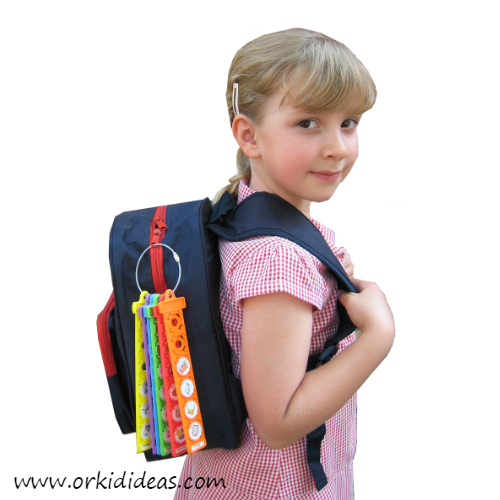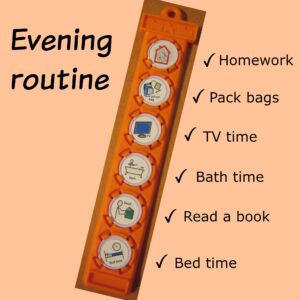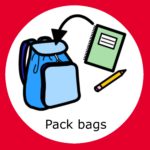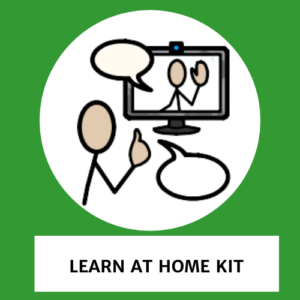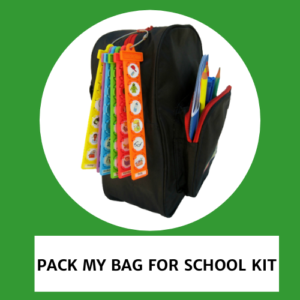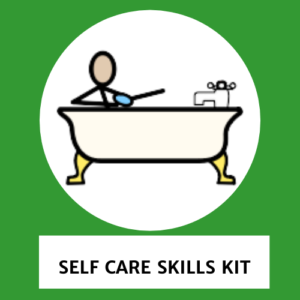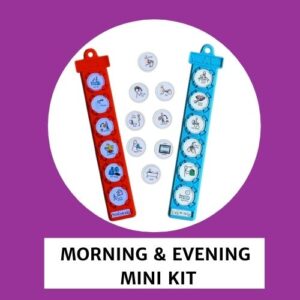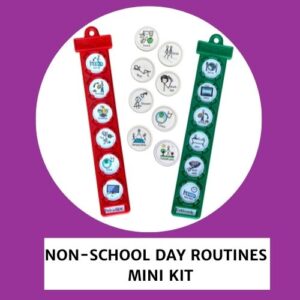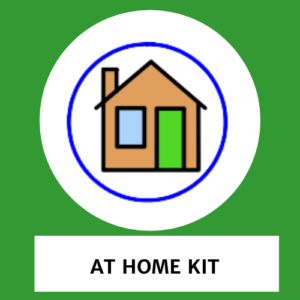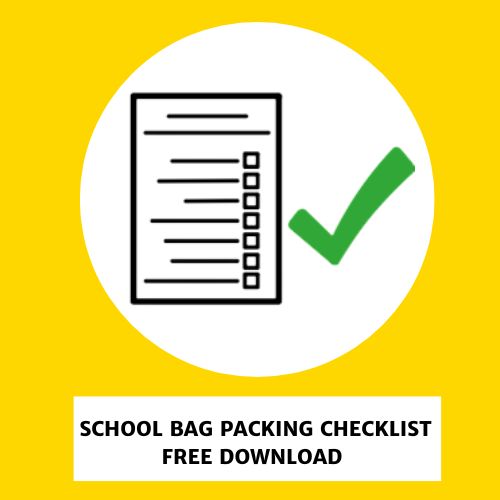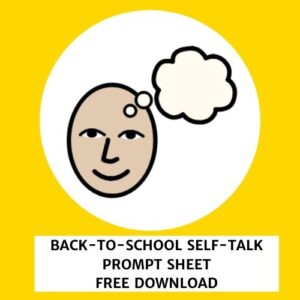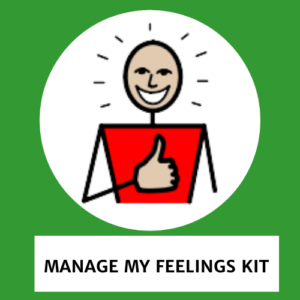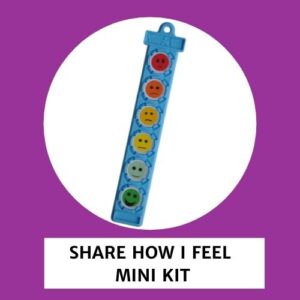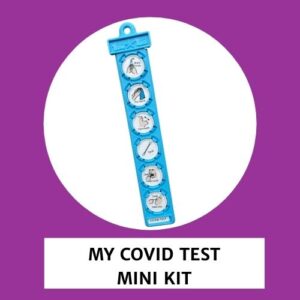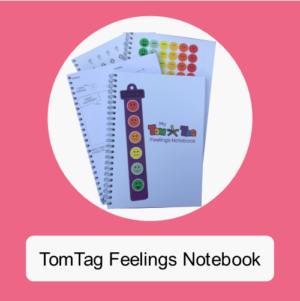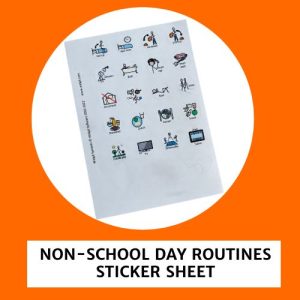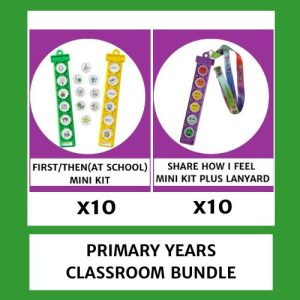
 Sleepovers – or more accurately ‘stay up late, midnight feast, pillow fights and no-sleep’-overs! First sleepovers are a big step for most kids anyway and can be a particularly daunting prospect and social minefield for children with autism (and their parents!).
Sleepovers – or more accurately ‘stay up late, midnight feast, pillow fights and no-sleep’-overs! First sleepovers are a big step for most kids anyway and can be a particularly daunting prospect and social minefield for children with autism (and their parents!).
Of course, you are the best person to gauge when your child might be ready for their first sleepover or night away and there’s usually no reason to rush this. There may be unavoidable times though when your child needs to stay away from home for other reasons – parental separation, overnight respite or a hospital stay, for example. If skills have already been practiced or preparations made, dealing with an emergency visit could be a lot less stressful for everyone involved.
Careful planning and thorough preparation is the key to ensuring your child’s overnight stay has more chance of being a successful and happy experience. Using your TomTag button holders and our In the house and Staying away from home symbols, you can create handy visual supports that will help prepare your child and ease any anxieties about their next stay away from home, wherever that may be.
Here are our top tips for sleepover success but we’d love to hear your stories and advice too!
Plan, plan and plan again

 Ask the host parent questions about meal plans, activities and where your child will sleep and use this information to prepare your child as much as possible.
Ask the host parent questions about meal plans, activities and where your child will sleep and use this information to prepare your child as much as possible.
Try role playing events such as getting up in the night for the toilet or asking for a drink. Social stories are a great resource that help explain what your child can expect in common social situations. Read A Parents Guide to Social Stories from the ‘Normal Enough’ blog for a great explanation about creating your own, including a brilliant example of a sleepover story.
** UPDATE ** Normal Enough blog link broken – try these ideas from Child-Autism-Parent-Cafe
You might also want to try using a visual timeline like this one to show your child what to expect.
Do a test run
Everything’s easier second time around, right?
Invite a friend for an overnight stay at your home so that your child gets used to how a sleepover works in a familiar environment. Then perhaps try again at the home of a close family member.
Hopefully these practice runs will help iron out any anxieties and give your child confidence for the real thing.
Make an escape plan
Let your child know that it’s ok to call you and come home if they need to at any time. If your child is feeling anxious or scared, it’s better that they know they can come home and try again another time than stay feeling worried and be put off the idea for good.
All about me
 Share as much relevant information as possible about your child with the host parent before the event. Make sure they have your correct telephone number and ideally a back-up number to call as well just in case.
Share as much relevant information as possible about your child with the host parent before the event. Make sure they have your correct telephone number and ideally a back-up number to call as well just in case.
Include details of any medical needs, allergies and potential challenges or sensory triggers such as loud noises or food preferences. Your advice on strategies for comforting your child at bedtime and handling any flare ups will help the sleepover run more smoothly.
Time to pack

 Don’t forget to pack a favourite blanket, toy or book – anything that makes the child feel comfortable which will help ease any anxiety. Ask the host parent to let your child keep to their familiar bedtime routine as much as they want to.
Don’t forget to pack a favourite blanket, toy or book – anything that makes the child feel comfortable which will help ease any anxiety. Ask the host parent to let your child keep to their familiar bedtime routine as much as they want to.
TomTag is perfect for making a packing checklist of all the items they need to take and a handy reminder when they need to bring everything home again too!
Keep trying
 If at first you don’t succeed – keep trying!
If at first you don’t succeed – keep trying!
Let your child know you’re proud of them for giving it a go even if they needed to bail out. Tell them it’s not a failure if they did come home early and that with more practice it will get easier. Talk through what any difficulties were and make an action plan for next time.
Remember to thank the host friend and parents for helping and let them know how much you value their support.



